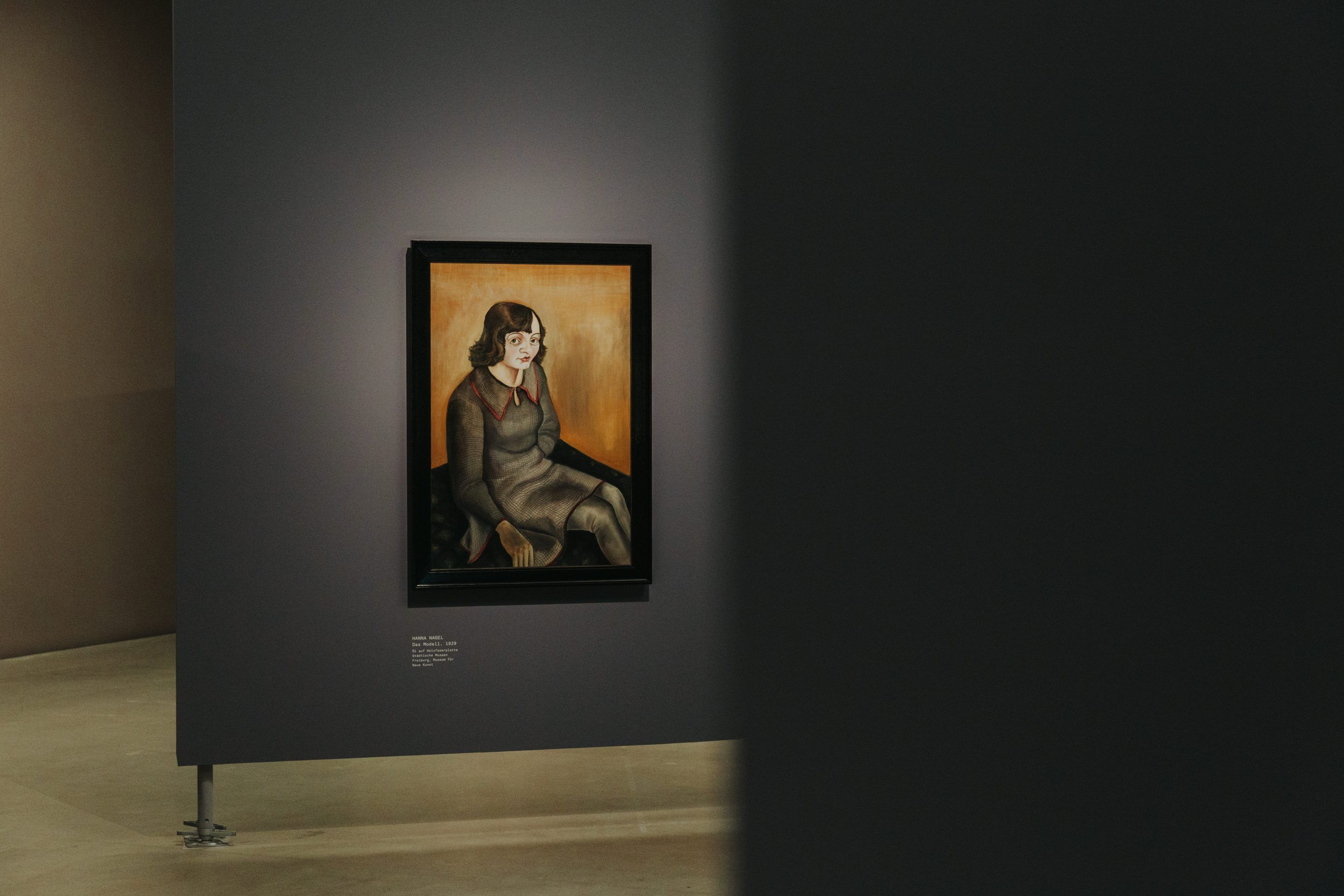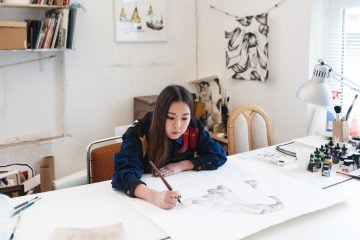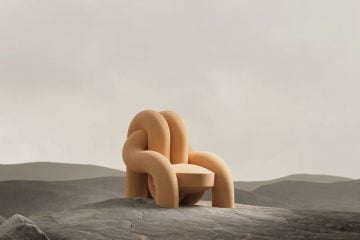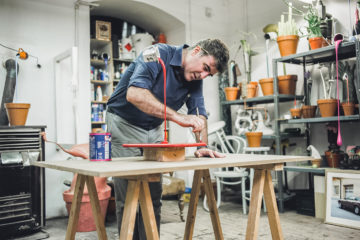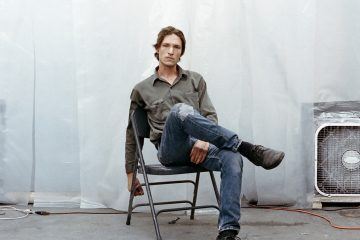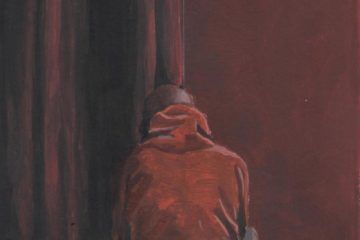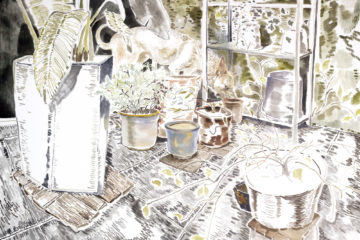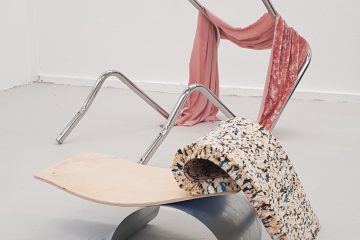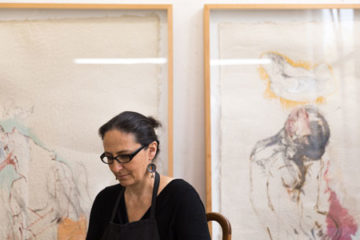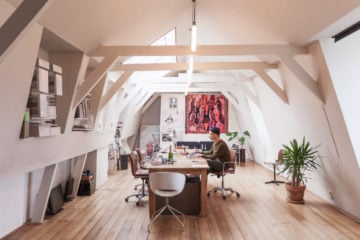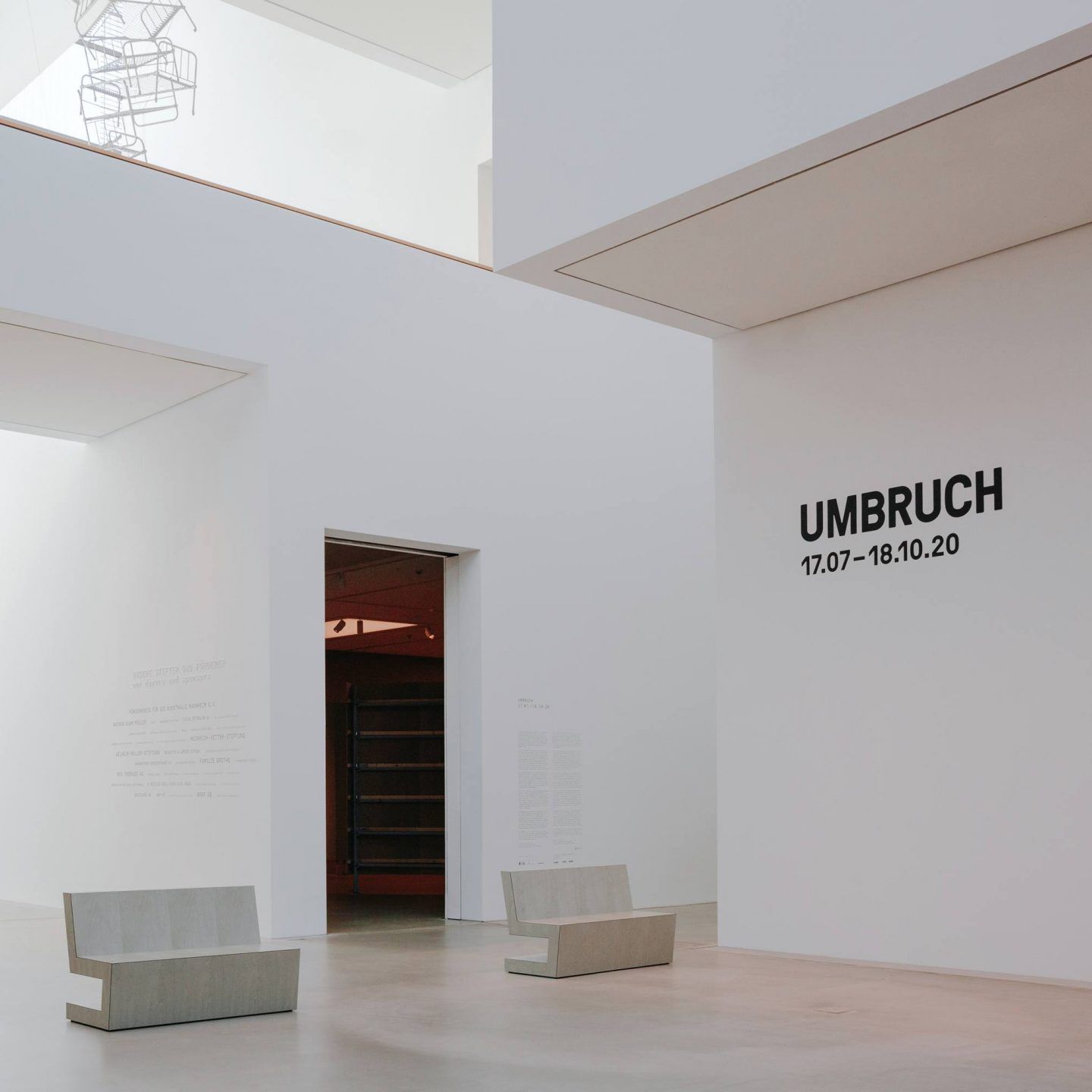
The Kunsthalle Mannheim Looks At A Diverse Future With Upheaval
- Name
- Kunsthalle Mannheim
- Project
- UPHEAVAL
- Images
- Marina Denisova
- Words
- Devid Gualandris
The Kunsthalle Mannheim is hosting a bold documentation of diverse artistic perspectives, in an attempt to thematically reorient the institution’s program and reflect the local community it serves. A symphony of voices from across the globe, the exhibition ‘UPHEAVAL’ is a vibrant assemblage of paintings, films, and sculptural installations, with a strong emphasis on change and diversity. We sat down with director Johan Holten to learn more about his captivating approach and his first curatorial experience at the institution.
Times of upheaval force us to reconsider what we take for granted. Are we to change in the face of chaos and disorder? How will the current social climate affect the ways we perceive, produce, and experience culture and art in the times to come? These are some of the questions that informed the curatorialship of the new director of the Kunsthalle Mannheim, Germany, Johan Holten. The curator has artistically responded to times of change with bold strokes: with an exhibition that asserts an adjusted form of reality that includes diverse voices, while relating the history of the collection and institution to contemporary socio-political concerns.
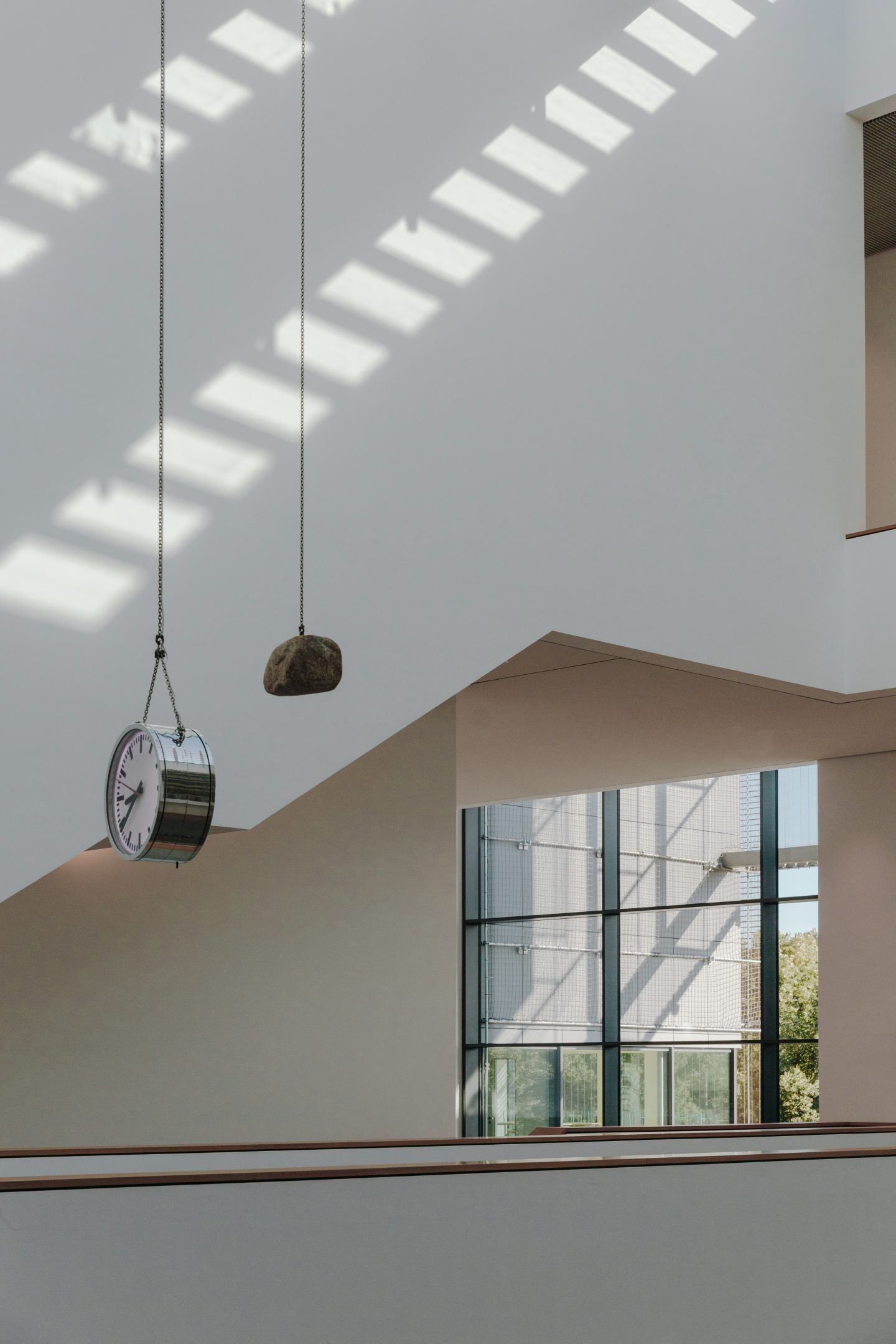
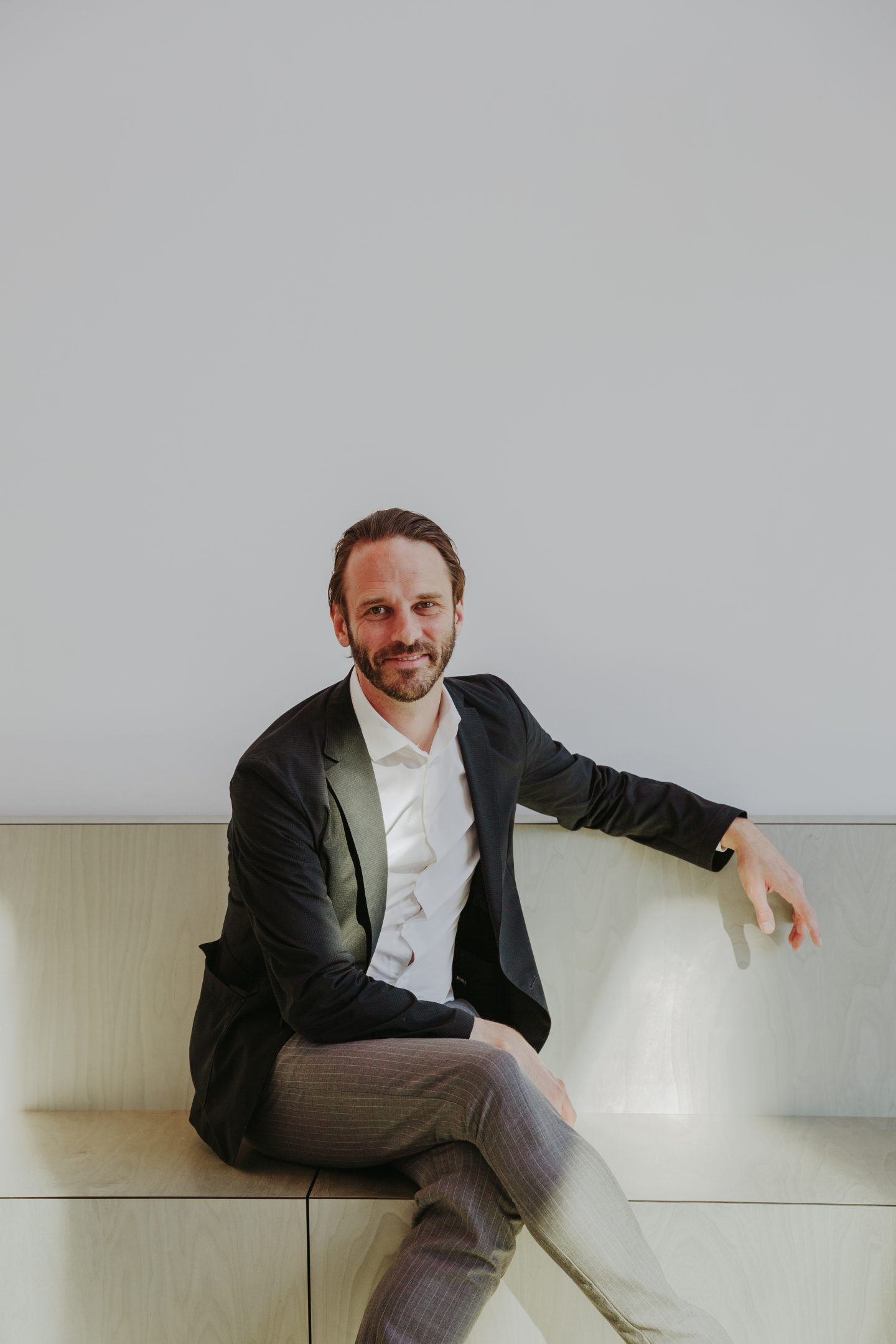
Aptly named ‘UPHEAVAL’, the exhibition opens a new chapter in the history of the Kunsthalle Mannheim. “Coming as a new director, it was important to me that the direction the Kunsthalle would take would be more diverse and global, stemming from different biographical perspectives,” he explains. “Diversifying the voices that speak within such an institution entails looking in different directions; and, therefore, to tell different stories,” Holten adds. His goal was to connect the power of art to the power of the people, through a curatorial change that would reflect the turmoil outside of the Kunsthalle and the community’s concerns, while establishing a fuller understanding of art history. “This is why the exhibition includes such a vast array of artists coming from different cultural and artistic backgrounds,” he points out.
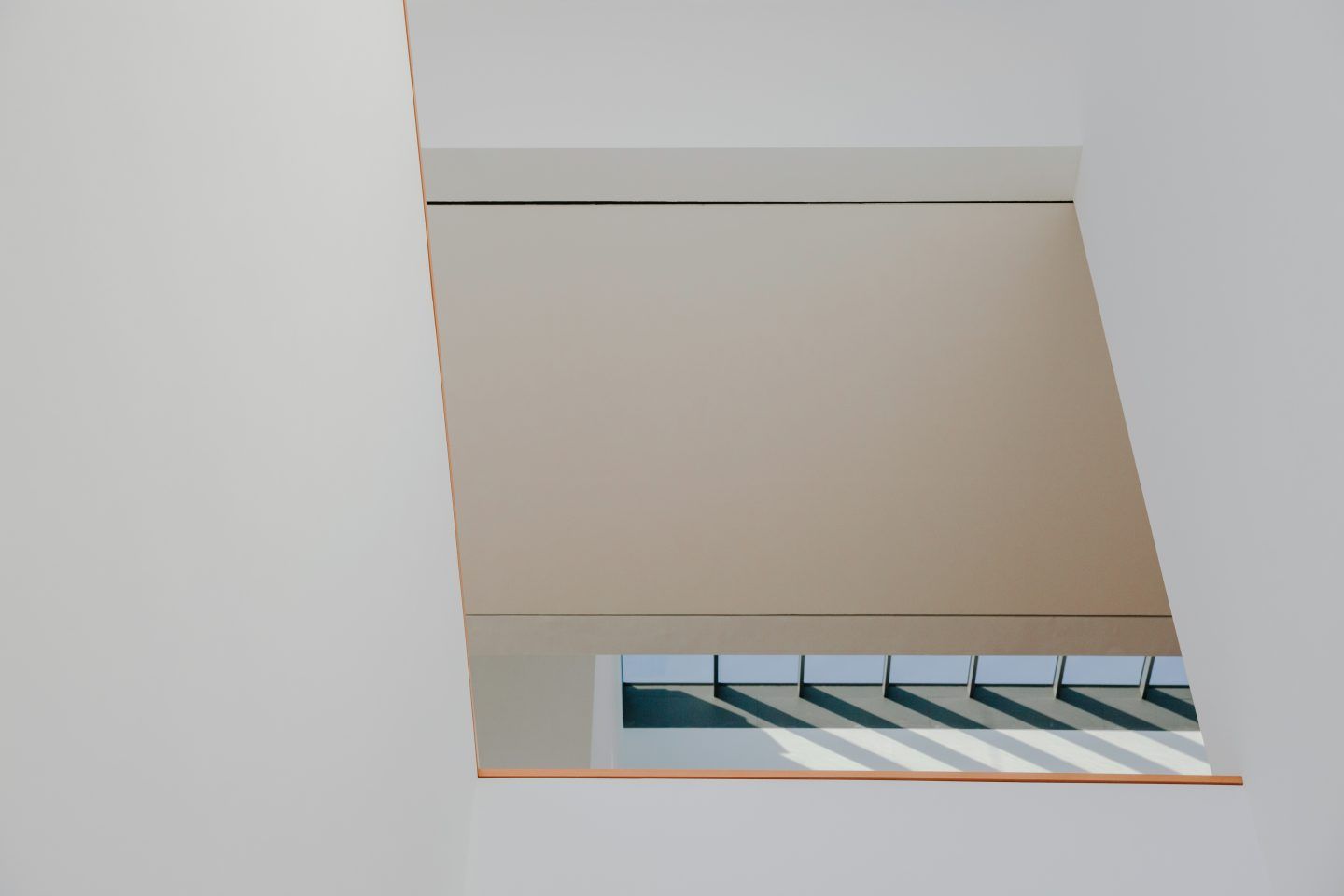
The space of the Kunsthalle Mannheim is emblematic of Holten’s revision. “It is about a new way of engaging with space,” he tells us. The change is visually supported by new exhibition architecture: scaffolding traversing the three focal sections of the show forms walls, platforms, and ramps. “They are not defining spaces but open structures where you can create exhibition architecture within. Each stands up at an angle and is an expression of the unfinished, something that is still becoming,” explains Holten. The scaffolding acts as a framework for the different works of art, a connector that unifies them conceptually. The clash of mediums—painting, video, and sculpture—displayed was a conscious choice: “my intention was to show that you may use different formats to express a direction. If you aim for diversity, you’ll find it across different eras, realities, and types of works,” Holten shares.
"If you aim for diversity, you’ll find it across different eras, realities, and types of works.”
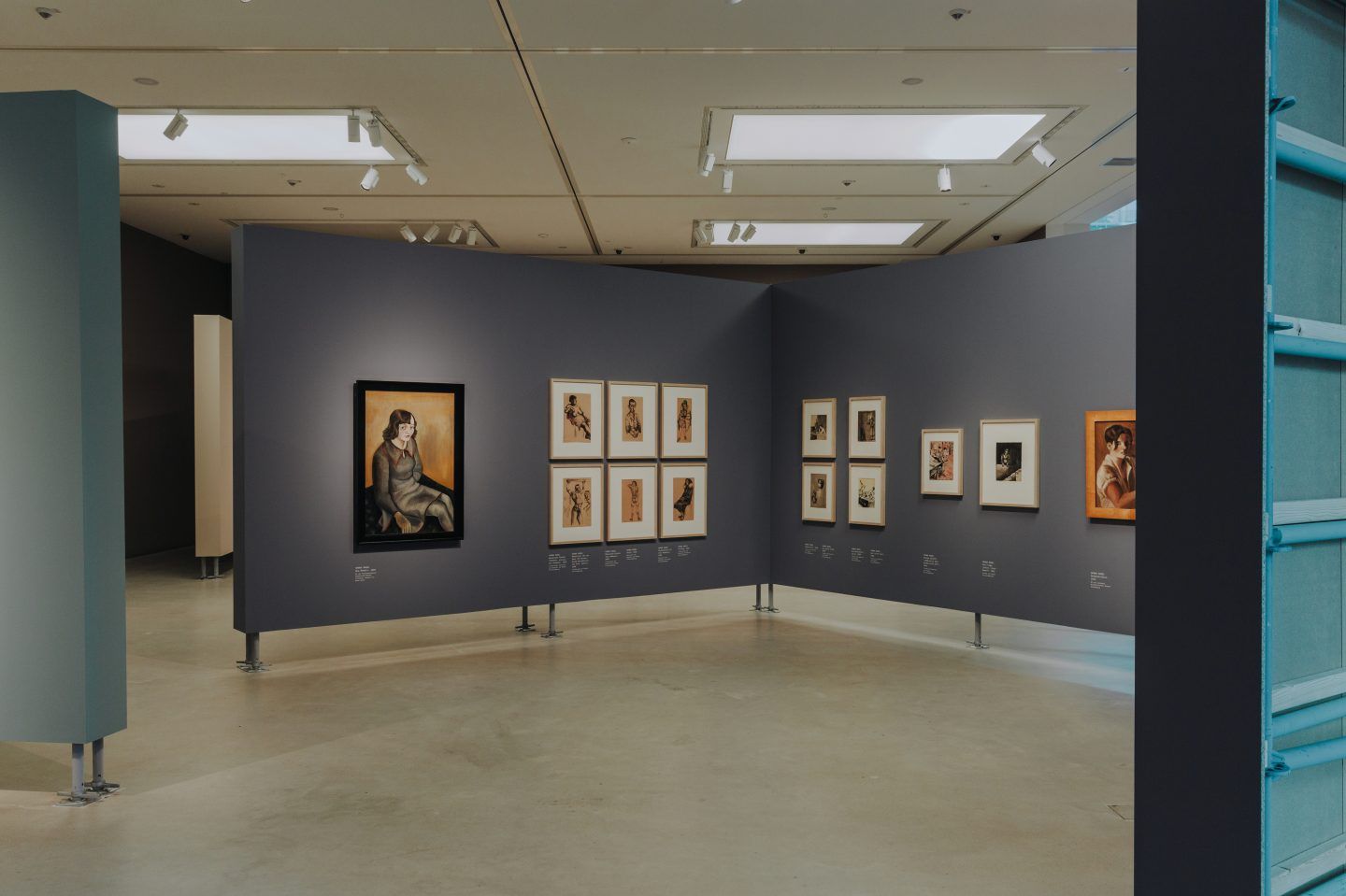
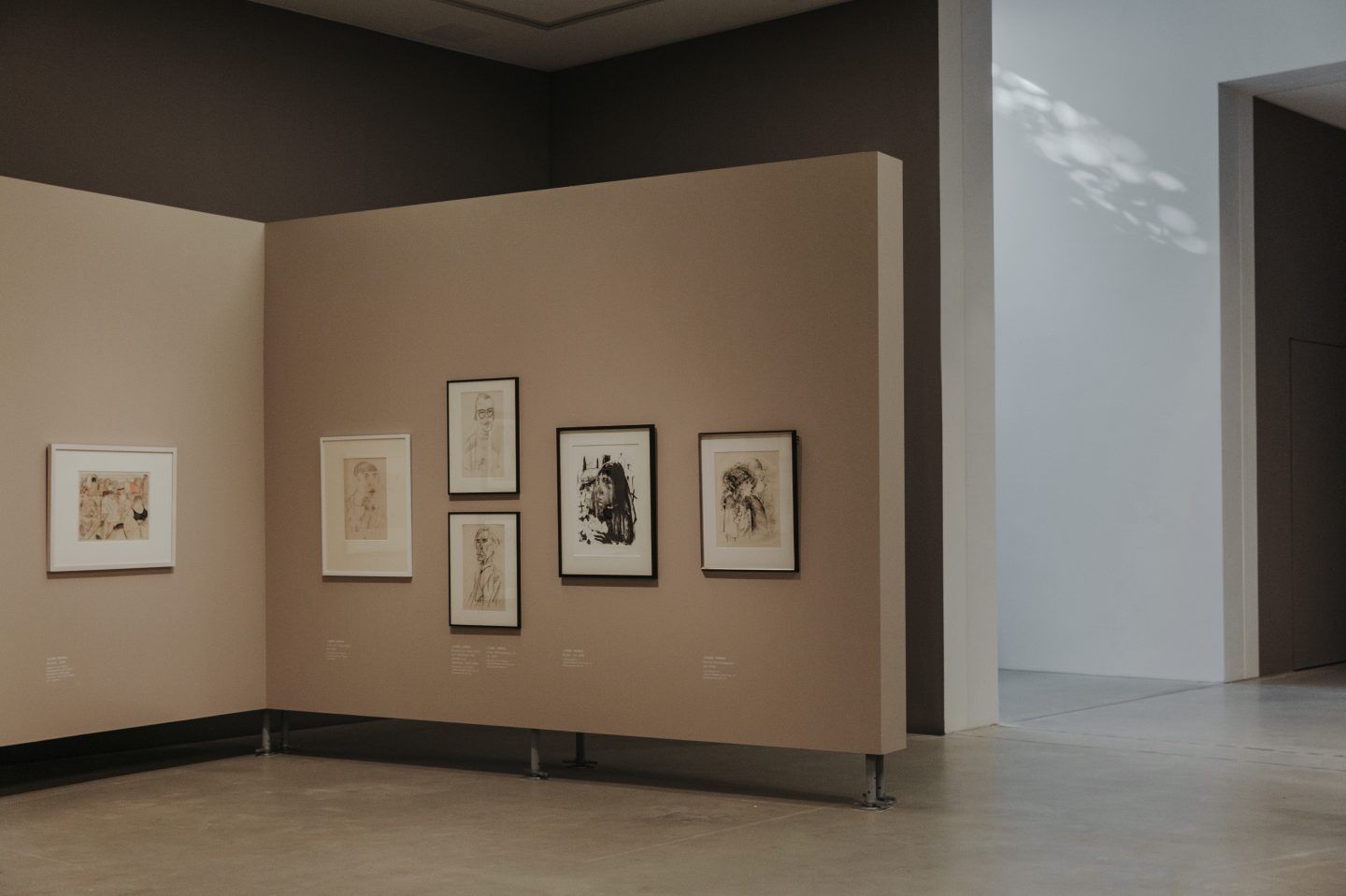
The exhibition marks a change in the content of the collection itself; it brings forth local Mannheim experiences, cultural contexts, and pictorial worlds anew. The first section of the show is a retrospective on the New Objectivity, a pseudo-Expressionist movement founded in Germany in the aftermath of World War I, which received its name with an exhibition at the Mannheim Kunsthalle in 1925, organized by Gustav Friedrich Hartlaub. The retrospective takes into account the under-valued contribution of women artists and their lack of representation within art institutions. Self-portraits by the Heidelberg artist Hanna Nagel are presented alongside works of the Berlin artist Jeanne Mammen, who portrayed nonconformist outsiders of the 1920s, and paintings by Hamburg New Objectivist representative Anita Rée. Through a unique insight into three female creative visions and achievements, the exhibition redeems them of the place they would have deserved in the original historical exhibition ‘Neue Sachlichkeit’. “We wanted to look at the past differently. History is written by the way we look at it. Their works are not a rediscovery, but an evidence of their gender struggle and an emphasis on motifs and positions still relevant today,” he says.
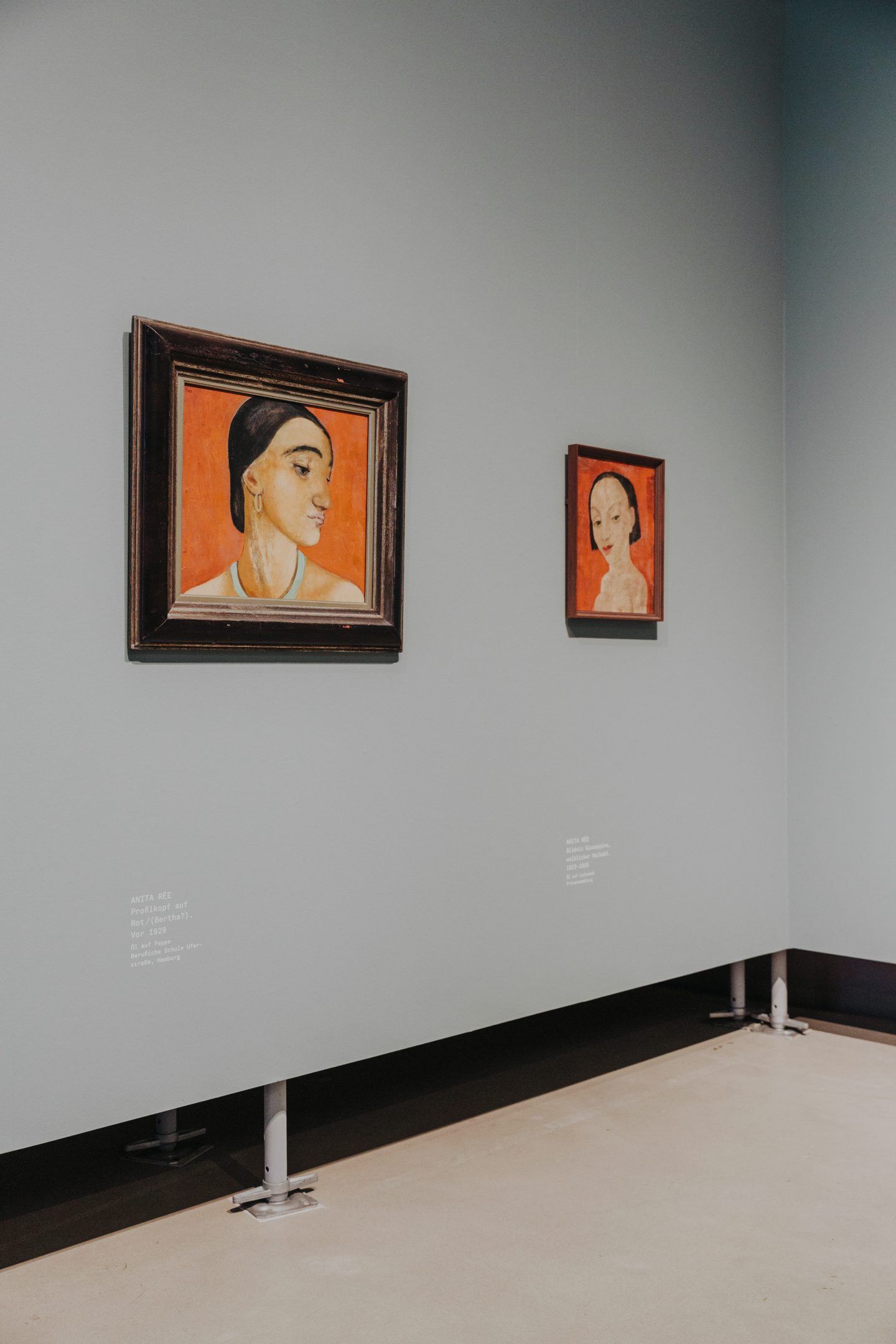
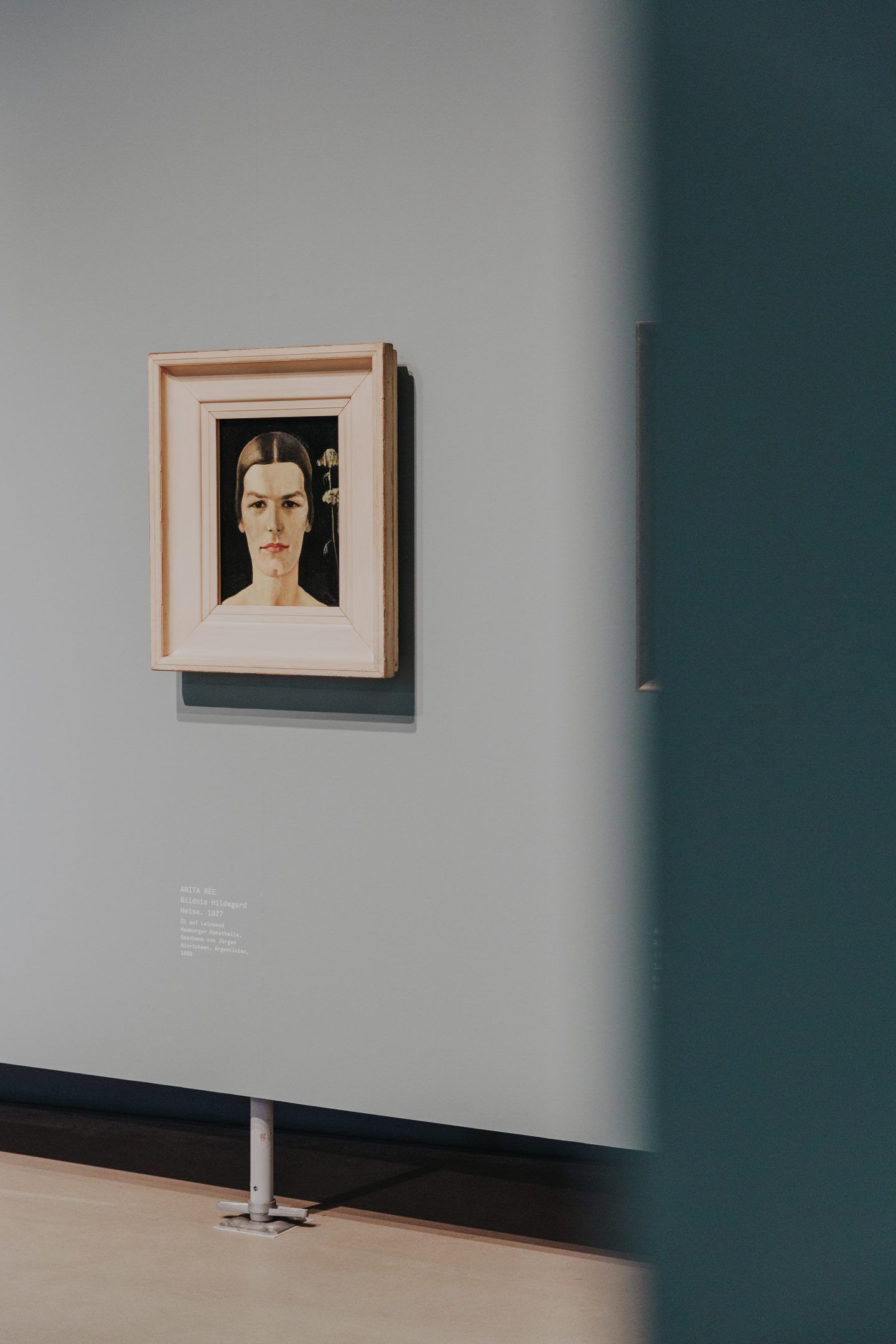
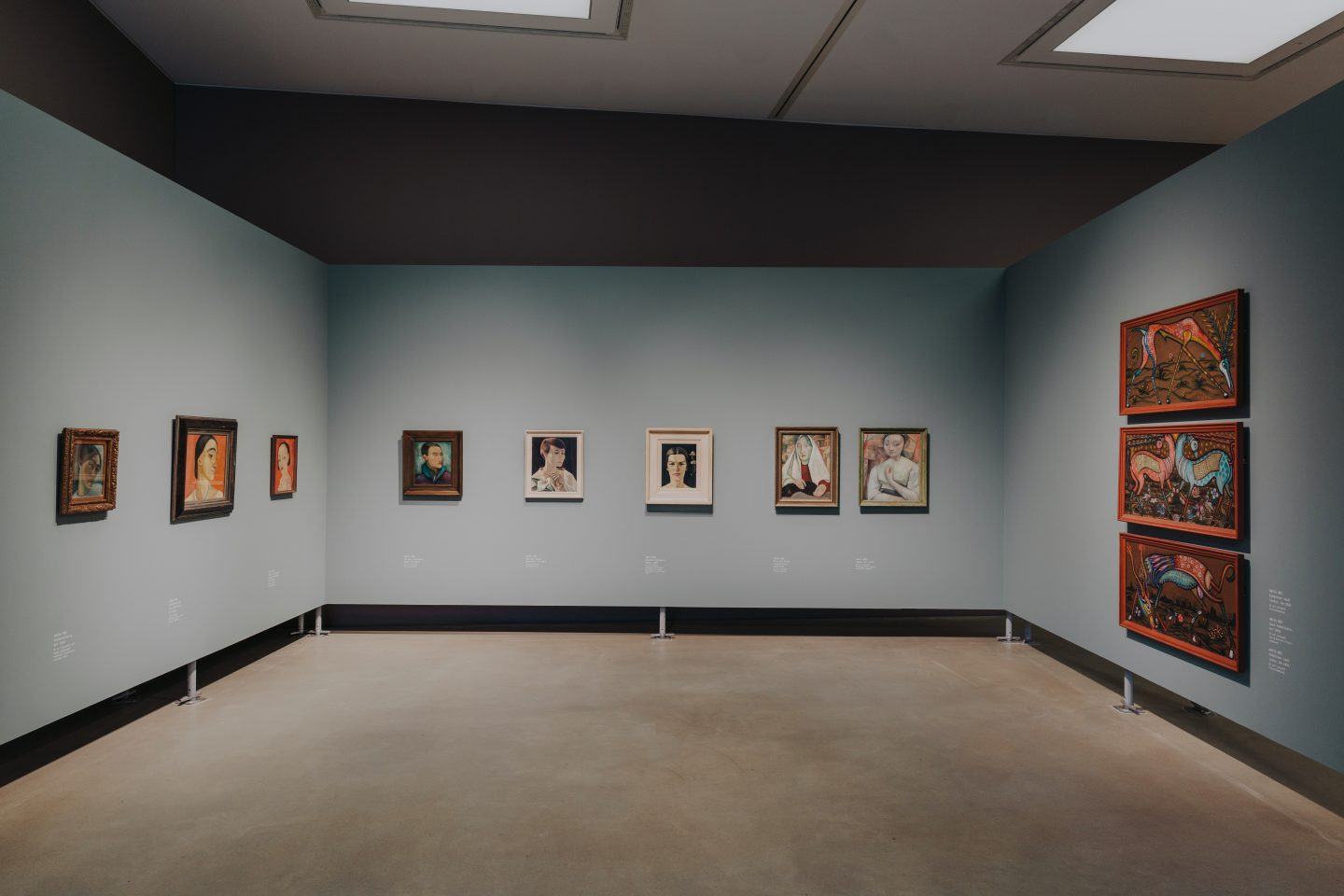
The second section focuses on social conventions through the medium of film, making for a highly sensorial experience. This includes a film by French artist Clément Cogitore in which street dancers of different social and ethnic backgrounds battle on the stage of the Paris Opera, reinterpreting the sound of the Baroque opera ‘Les Indes Galantes’ through freestyle Krump—a Los-Angeles 1990s dance style with roots in hip hop. “The film is an excellent metaphor of how elite institutions can invite social outsiders onto the stage and let them appropriate a privileged space, thus, breaking open social prejudices,” says Holten. In another room, ‘The Republic of T.M.’ by Danish-Iraqi filmmaker Masar Sohail deals with his own biography, one shaped by migration and a search of belonging and social acceptance. Examining the mechanism of power and discrimination through film, the piece becomes a symbol of a social and transcultural upheaval.
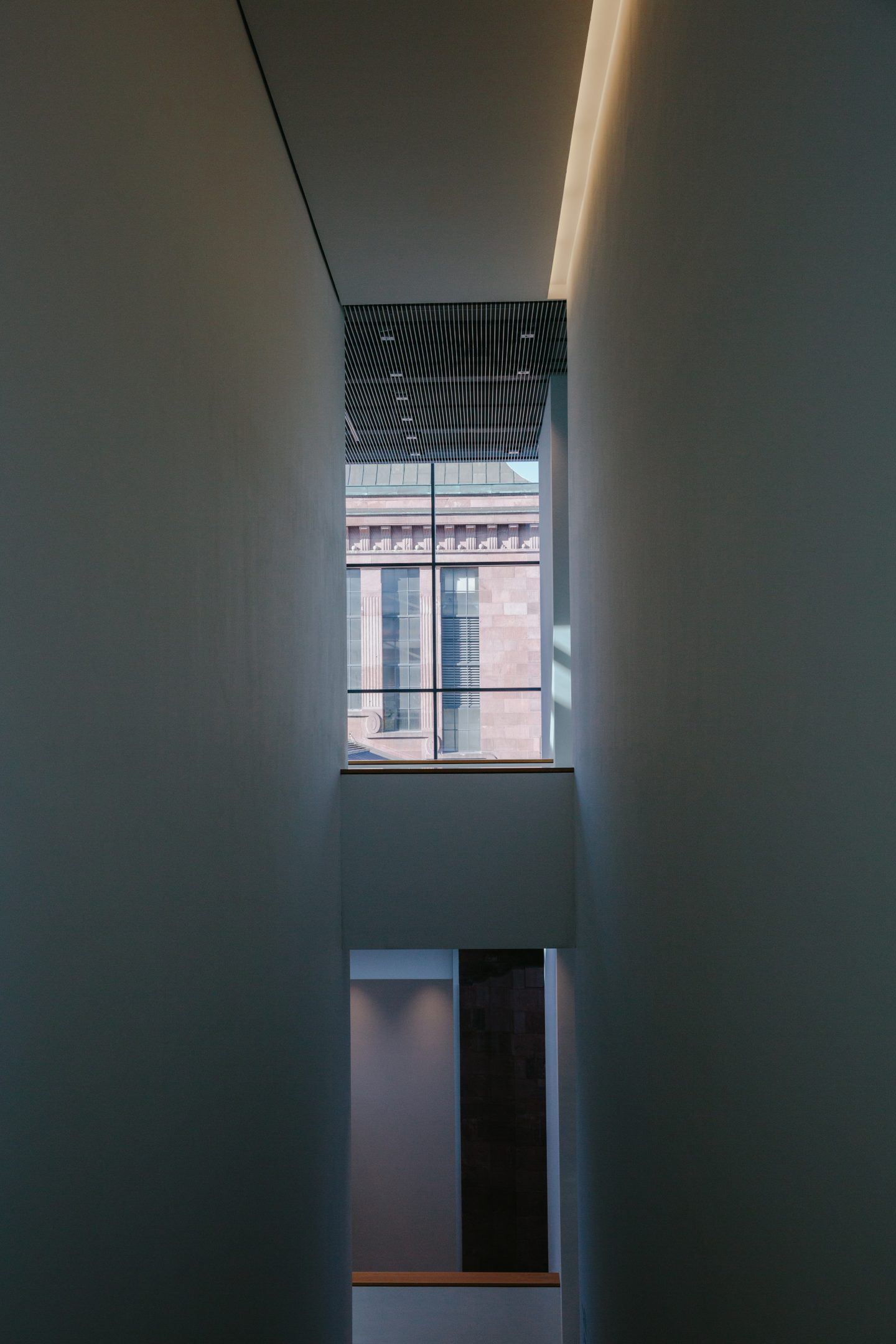
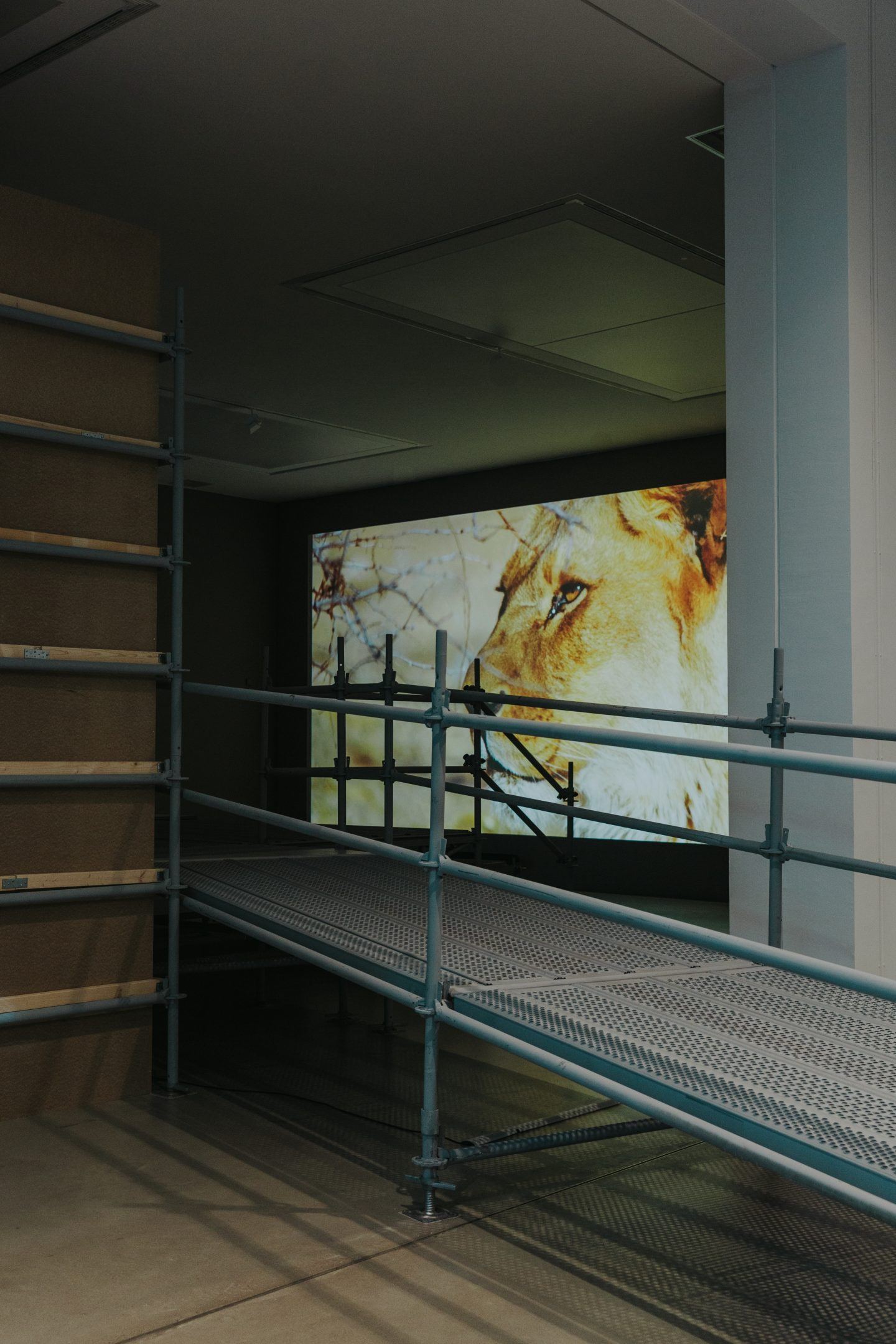
In a third exhibition chapter, the curator has brought together three young sculptors from different socio-political contexts. “Kaari Upson grew up outside of Los Angeles, in San Bernardino, the part of the valley that you usually don’t talk about. That is the starting point of her piece,” he explains. Made of sculptures hanging from the ceiling that resemble legs, the installation references her childhood and what it is like to hold onto the mother’s legs. “Then we have Chinese artist Hu Xiaoyuan, whose multi-part sculptures speak about her life experience and the accommodation of migrant workers in Beijing,” he continues. In her work, surface structures are transferred onto silk which she has wrapped around different objects, creating an illusion between reality and approximation.
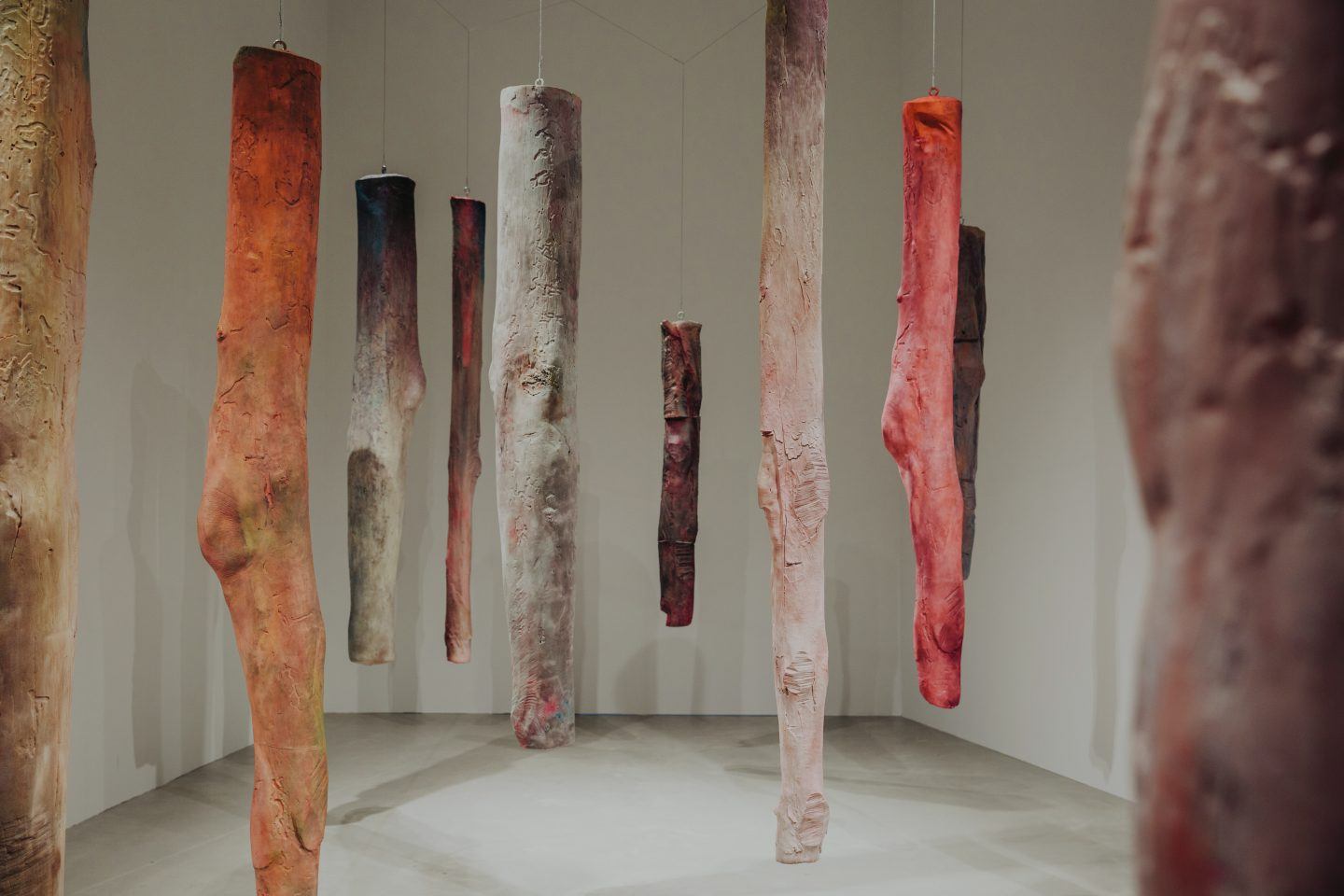
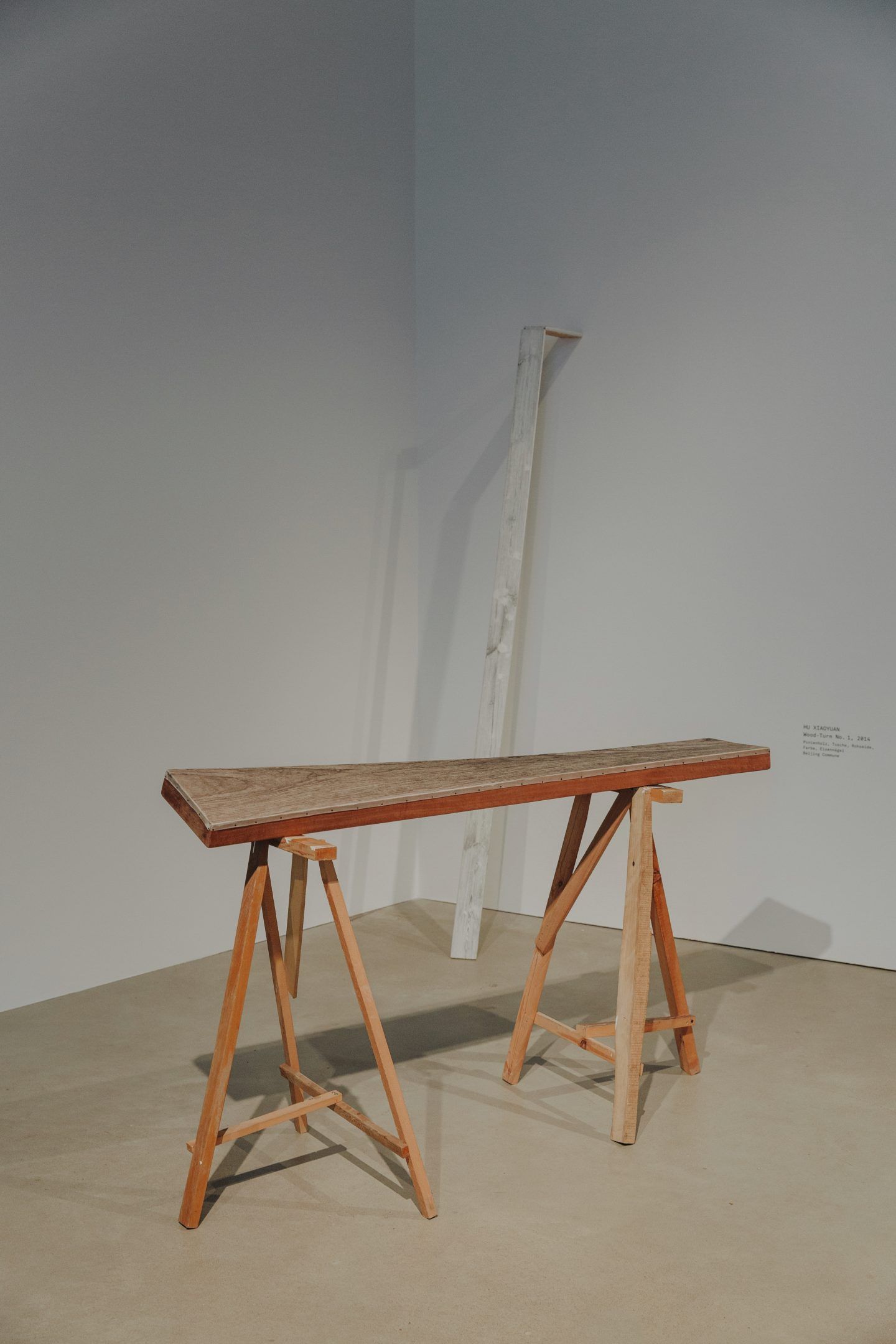
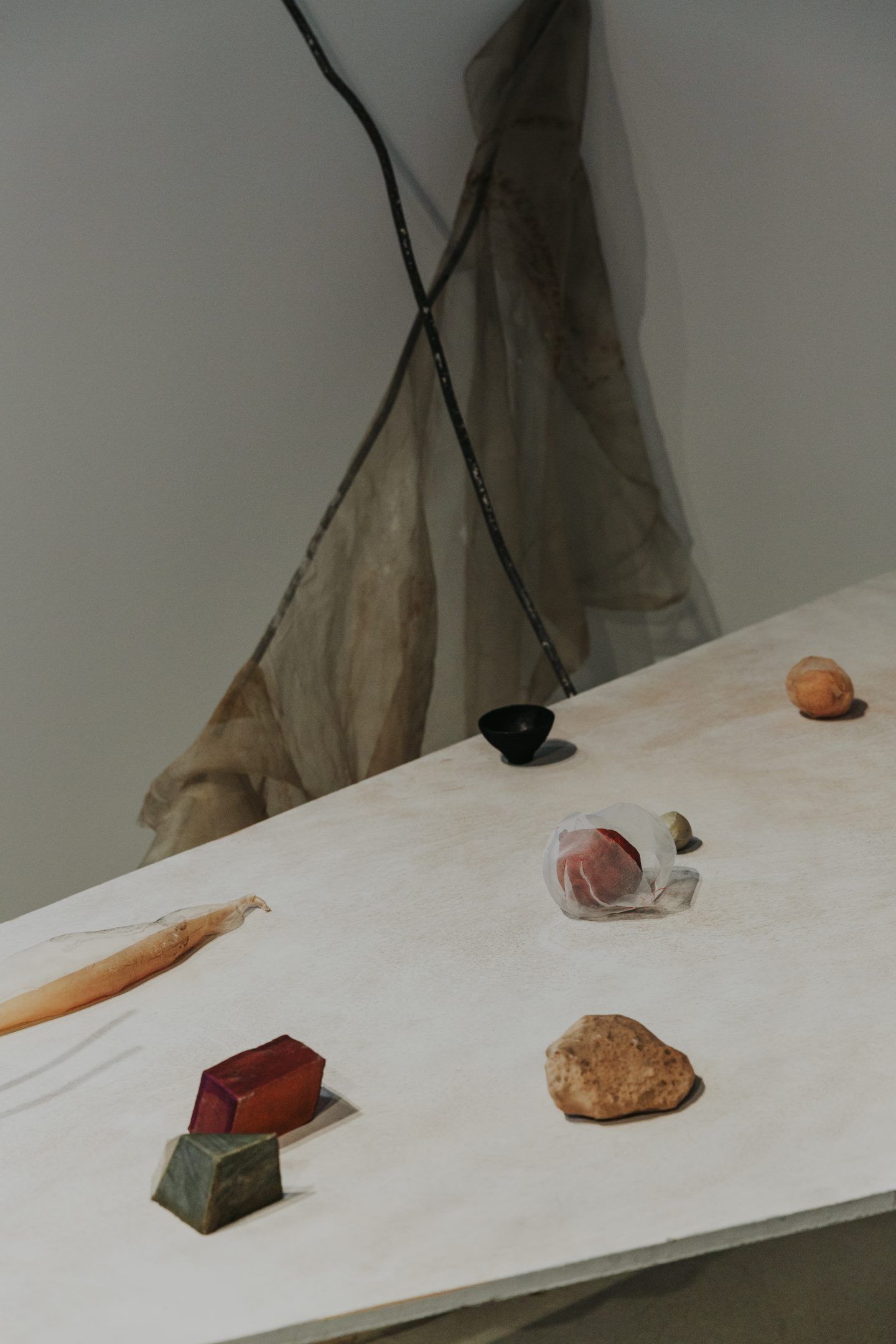
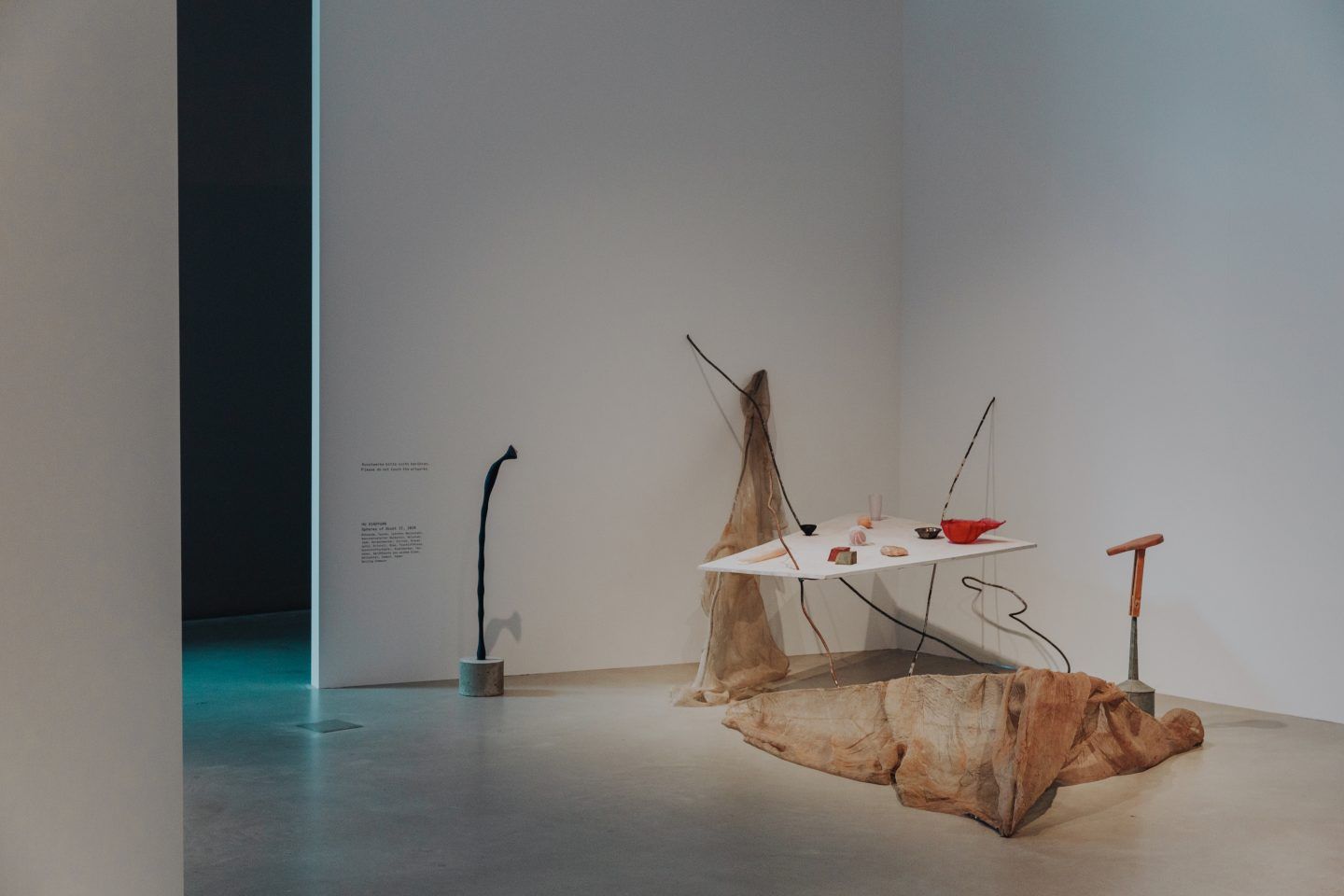
“Our goal is to show the diversity of sounds that could come out of this experience."
“The third artist, Nevin Aladağ, is German with Turkish background, like many other residents in Mannheim,” he shares. Titled ‘Mannheim Resonance room’, her work is a mosaic-like sound carpet, composed of contrasting oriental and German textiles, complemented by second hand furniture converted into functioning musical instruments. “It is a music-making resonance body. The objects are self-playing and create a specific composition for our institution,” explains Holten. Acquired as a permanent installation, the work establishes a close connection to Mannheim as a city of music with a transcultural character. “Our goal is to invite different local musicians, and show the diversity of sounds that could come out of this experience,” he adds.

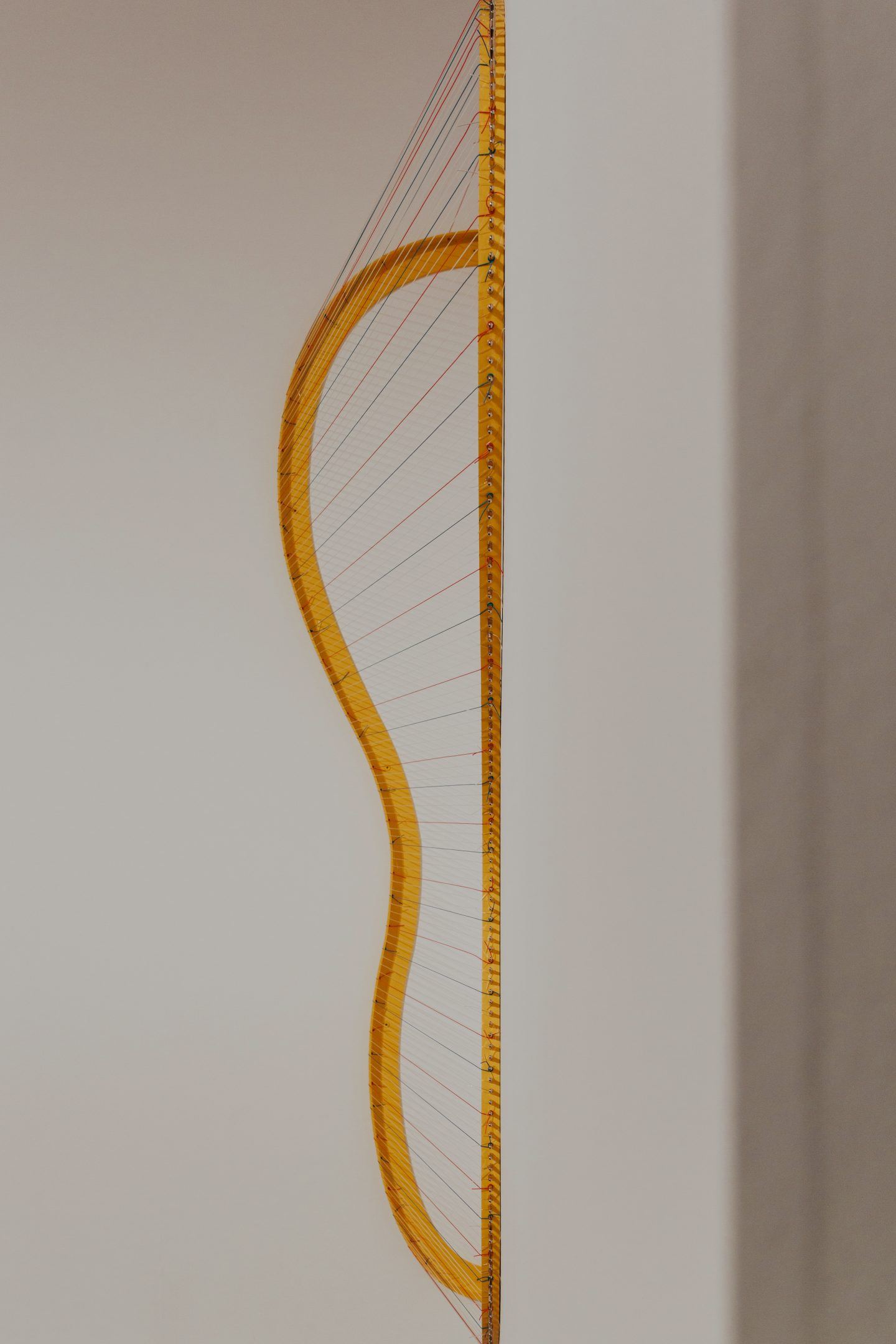
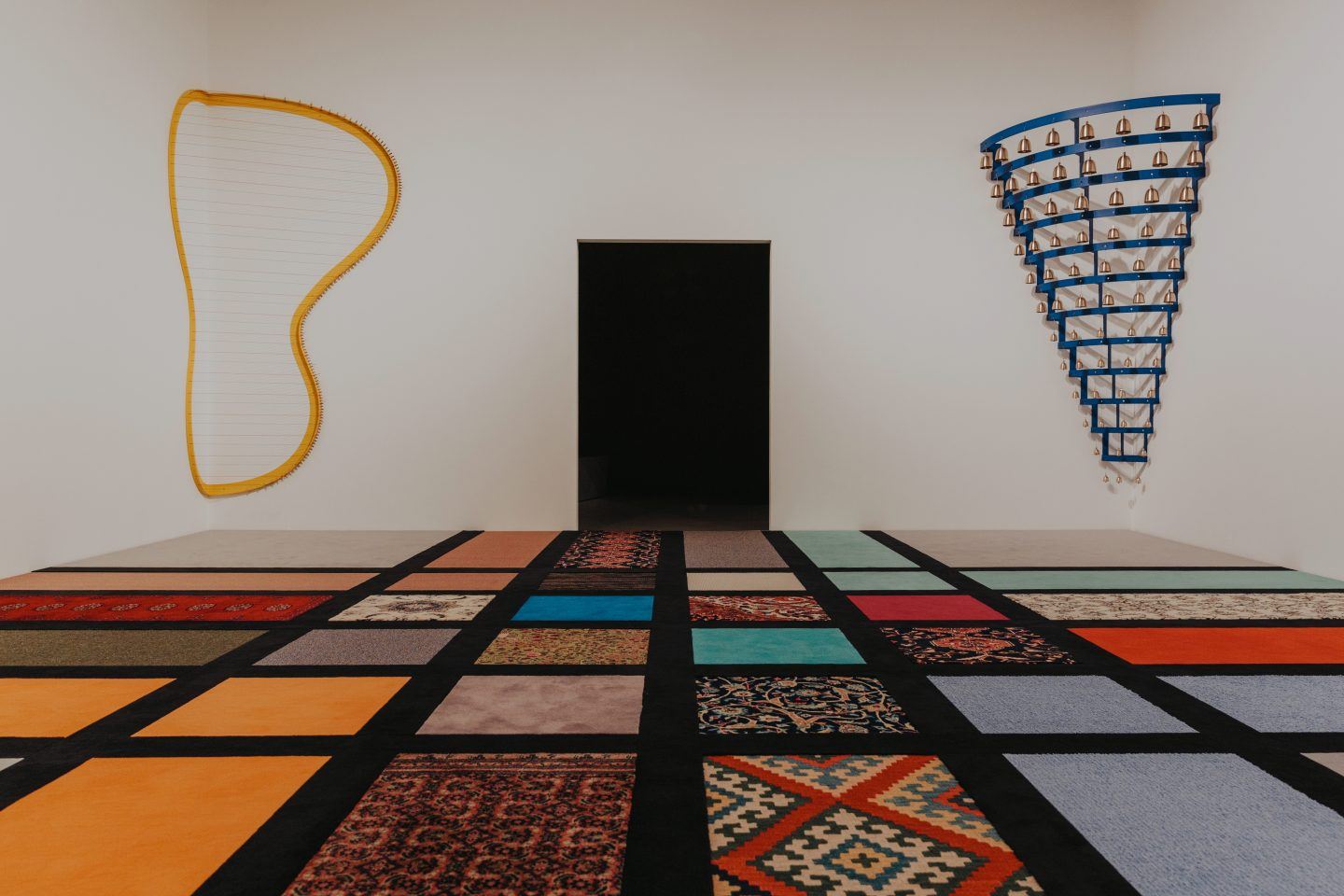
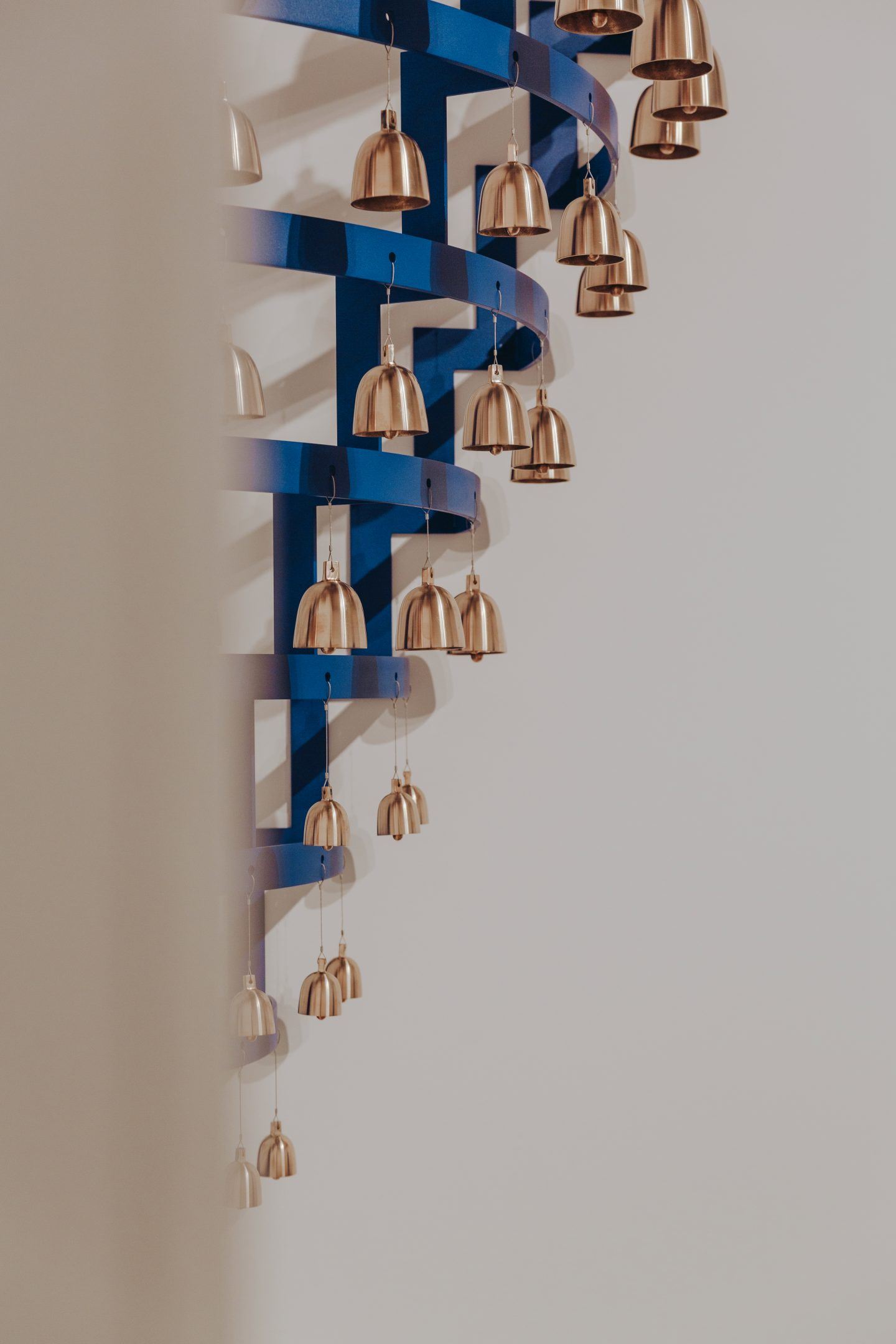
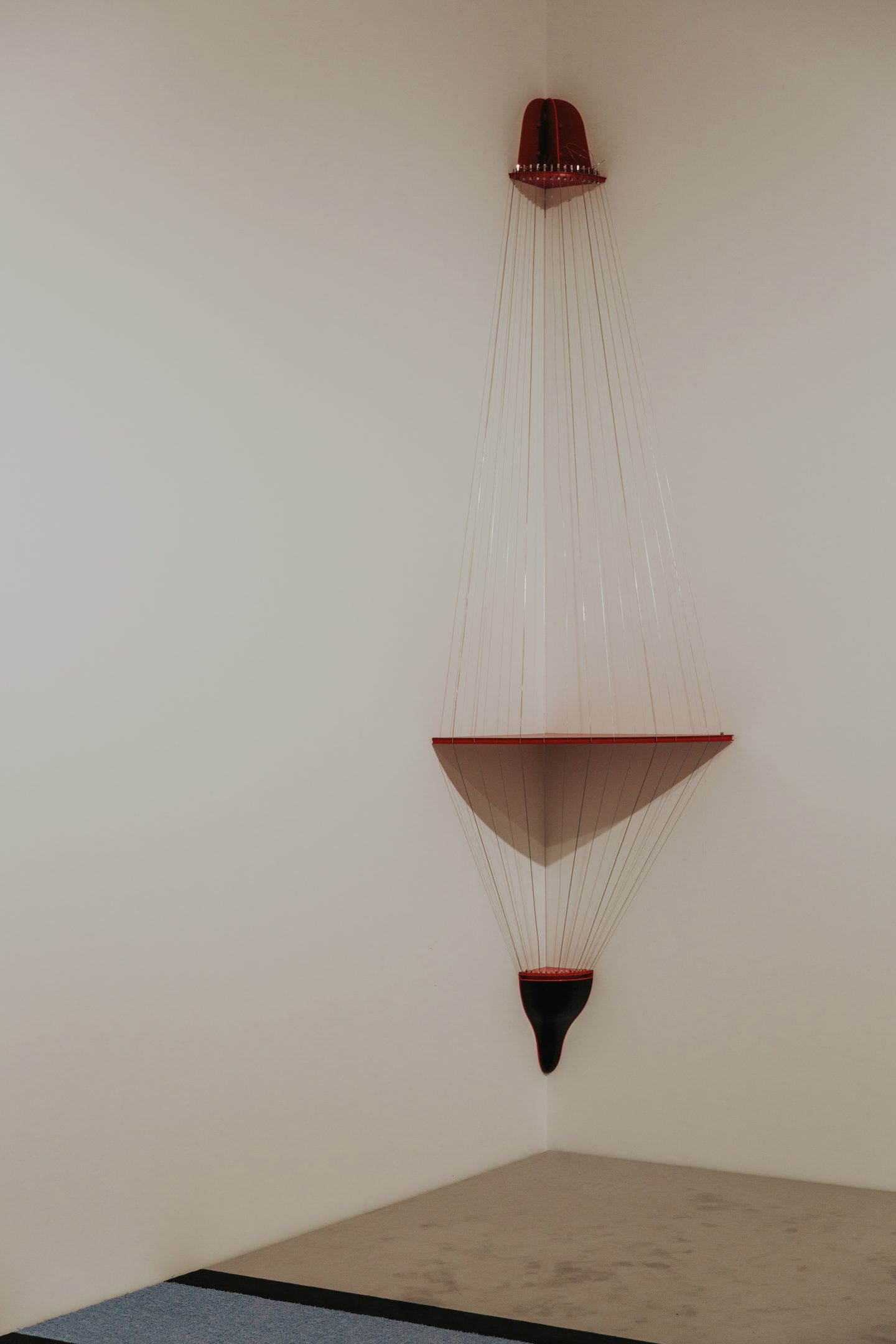
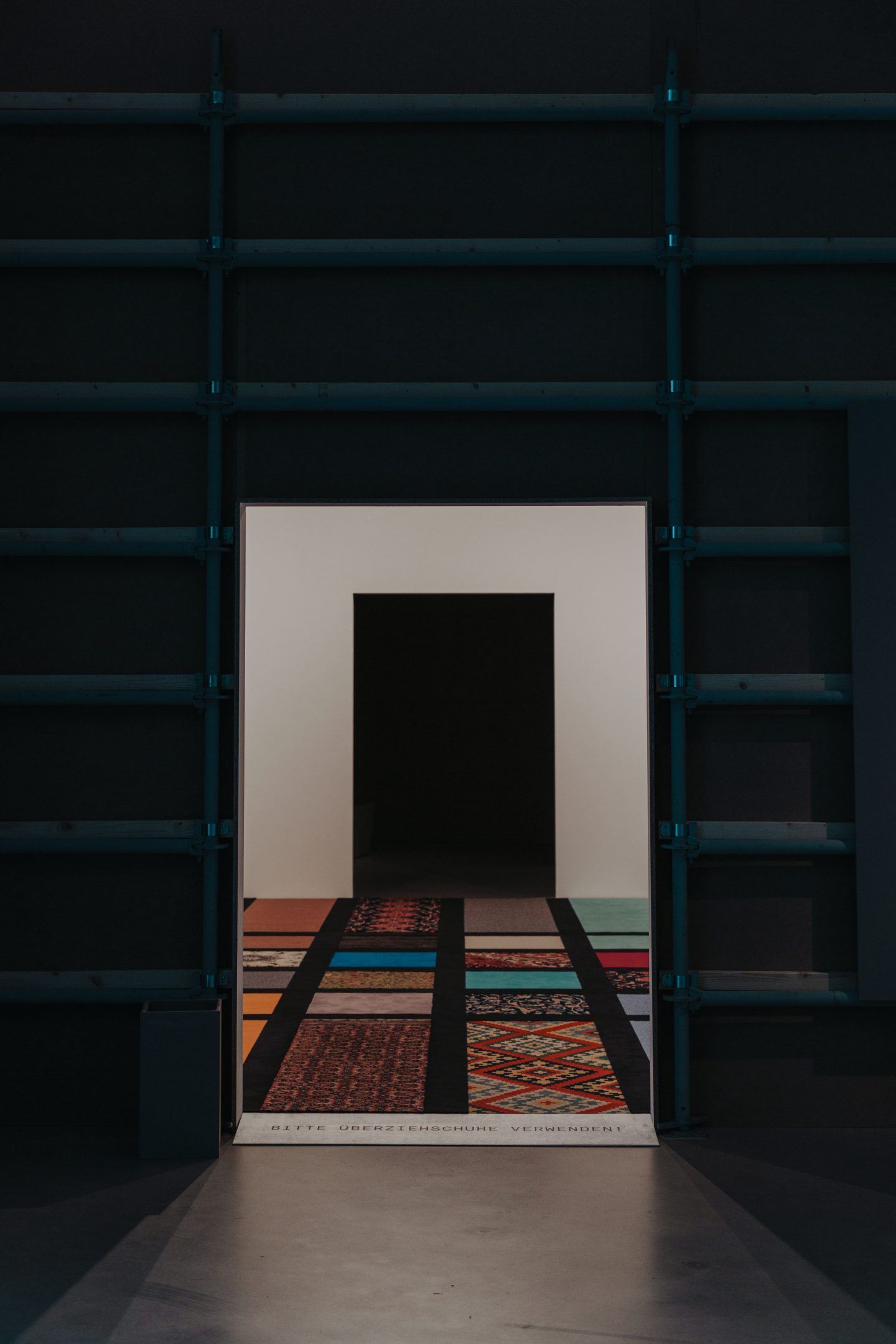
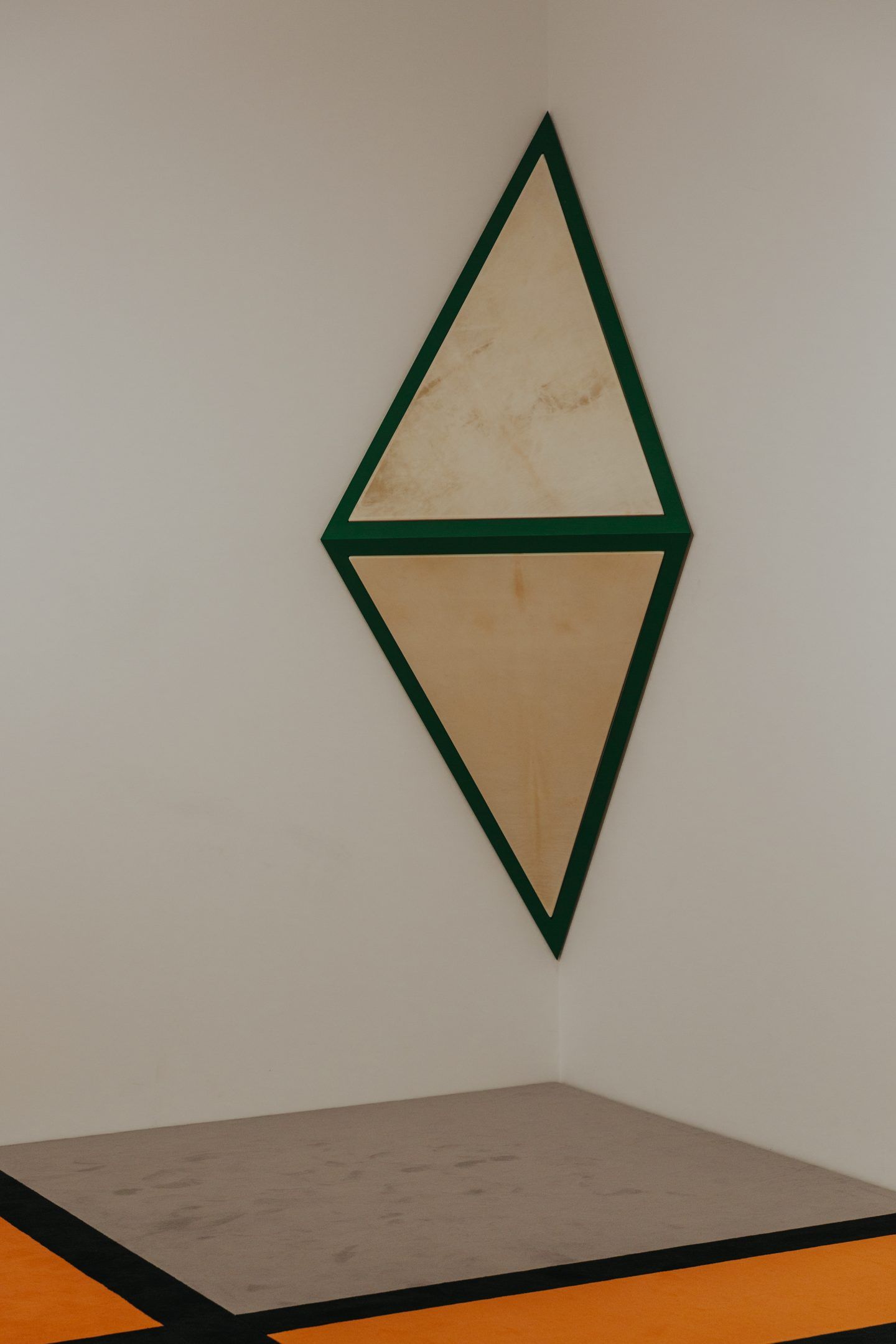
The director’s undeniable will to reinforce Mannheim’s sense of identity within the spaces of the institution is what prompted him to add the work of Romanian artist Alexandra Pirici during the opening week. Titled ‘Re-collection’, her performance piece featured ten dancers from the National Theater Mannheim moving through the Kunsthalle wearing mouth-and-nose masks, and addressed how societies have to reckon with change and how the current COVID-19 pandemic is penetrating art. The piece also localized the diversity of Mannheim’s society within the exhibition space. “We wanted to interact with the city of Mannheim and integrate a performance with bodies that live and work in the city. It was a possibility to bring outside views into the exhibition format, while simultaneously directing the gaze beyond the exhibition rooms,” explains Holten.
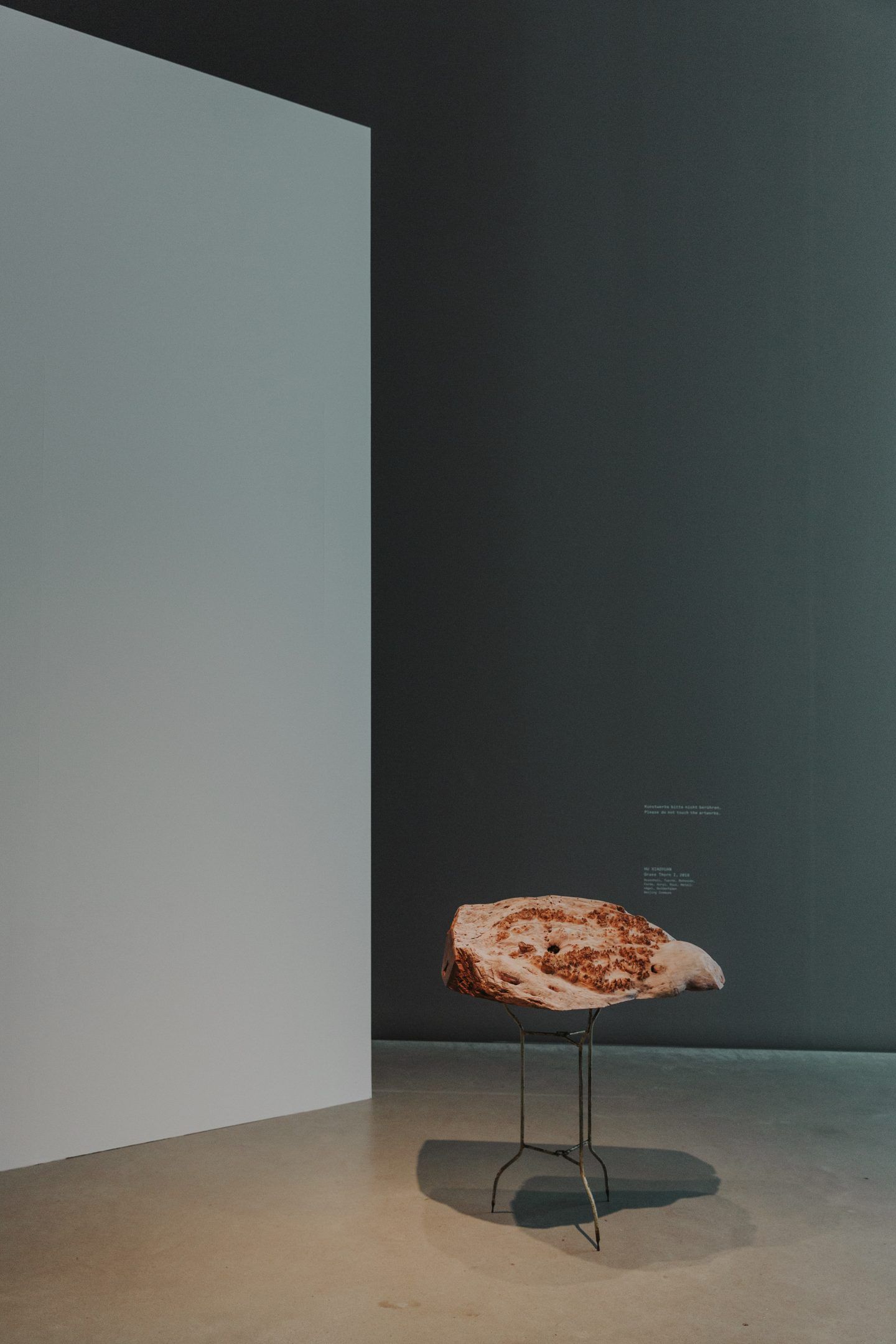
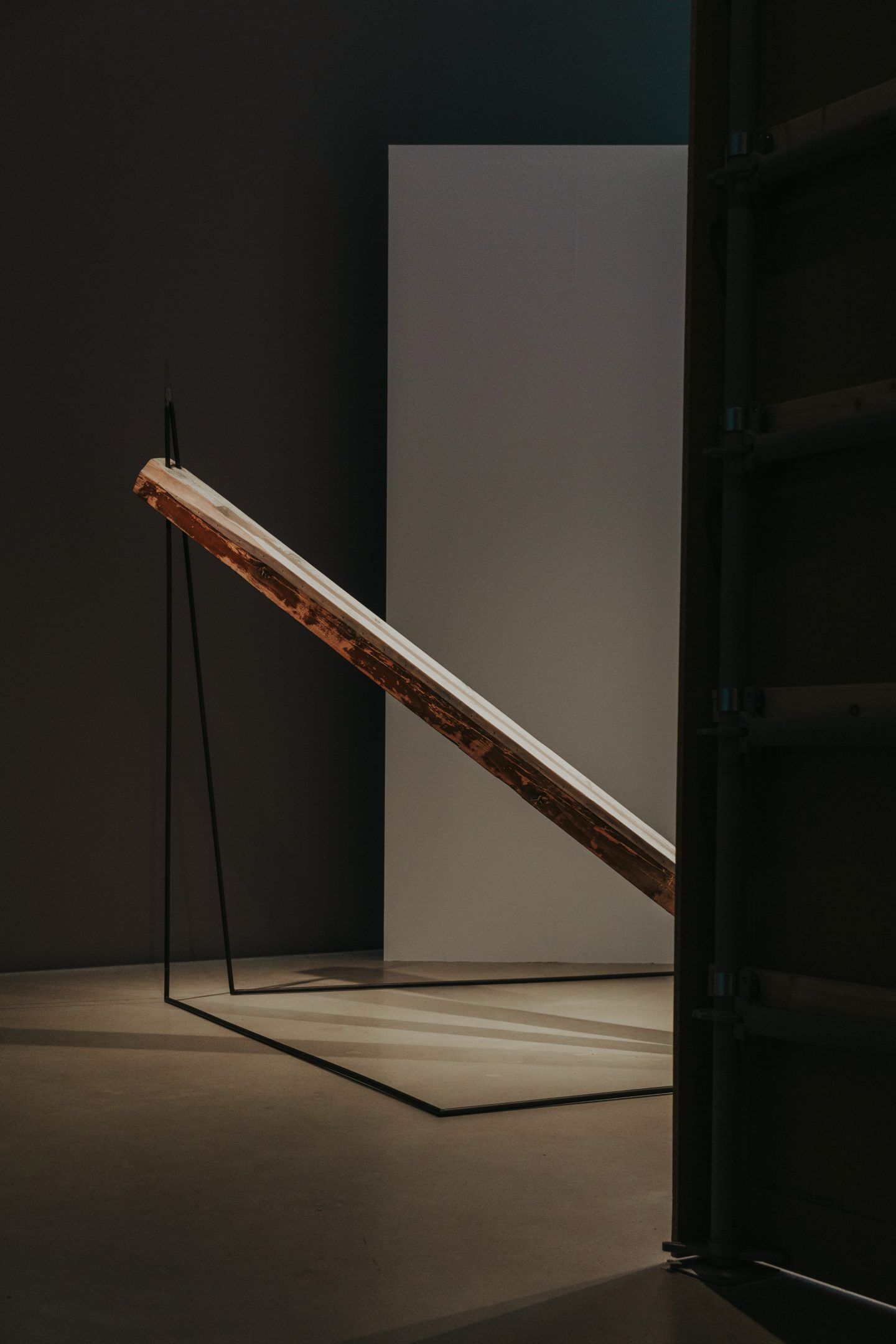
Holten’s curatorialship seems to favour a particular female gaze. However, when confronted with this concept, Holten finds it restrictive. “We want to value them as artists outside of their gender,” he tells us. The collection does not allude to innate experiences, instead it unravels all of the layers of their art, disrupting the syntactic mould that holds women captive into recognized descriptions. “Who they are is what creates their work and their work is going to reflect their experience, but this shouldn’t put them into a box. They are not restricted to having to voice female concerns. All of them are given a platform, and this is reflected in the architecture—each woman gets a dedicated space in which to voice their unique view”. Within this perspective, the exhibition repositions the angle of female experience into a kaleidoscope of new questions and new engagements, built on both interconnection and isolation.
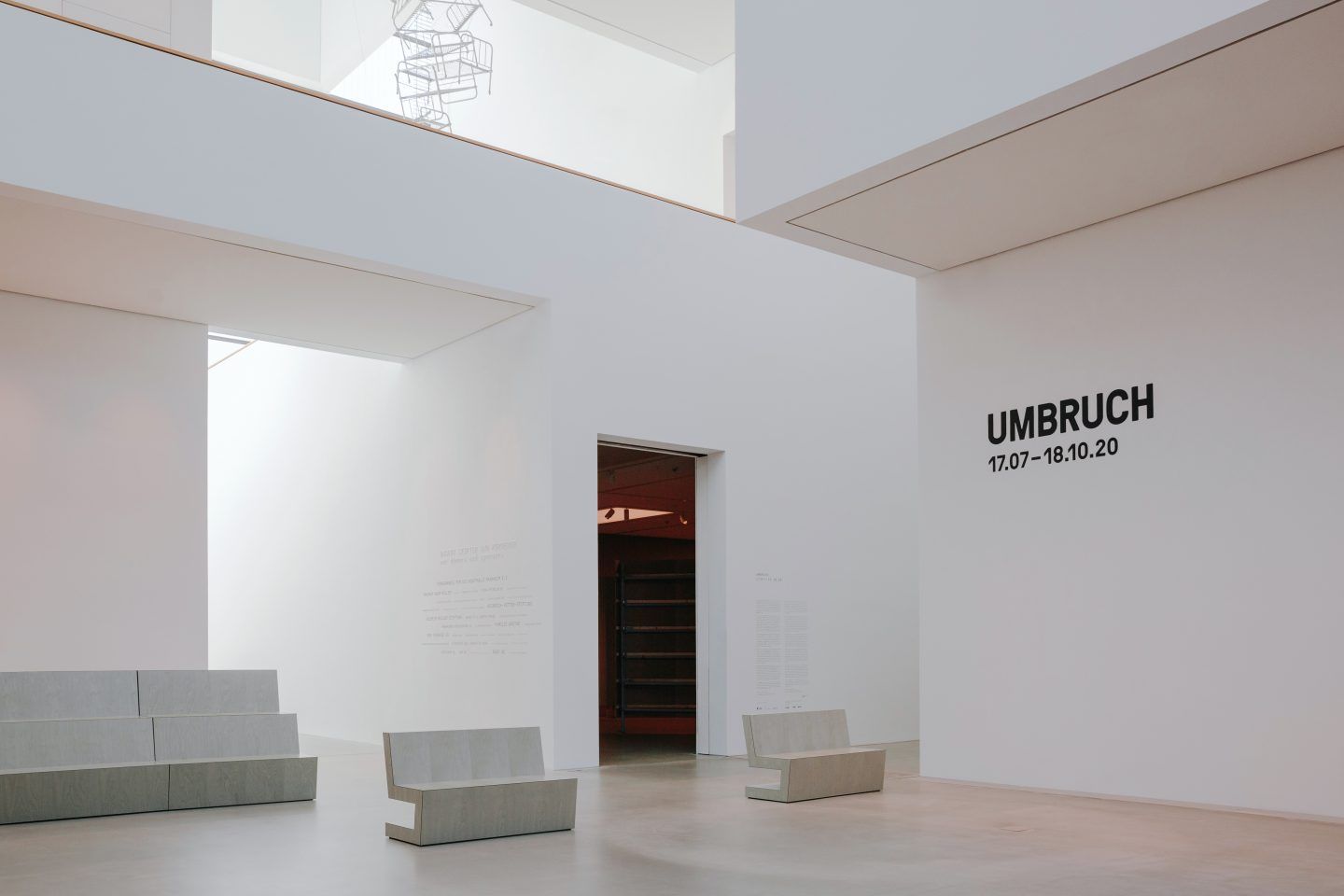
“Ultimately, UPHEAVAL is about breaking new frontiers."
Through UPHEAVAL, Holten uses the Kunsthalle as a reality in which canons are expanded and new interpretations are possible. The curator believes in expanding the Kunsthalle Mannheim’s imaginations about what it can be. “I aim towards a program that welcomes all kinds of participation, one that attracts new audience segments, without alienating traditional ones. The challenging task is how to adapt what we are and how to lower the invisible barriers that still stand around us” he explains. Exemplary exhibitions are not exhaustive; the claim of diversity is a long-haul project. “We are working on different initiatives centred on various intersecting marginalized identities and issues, to create a circle of critical friends who can help us understand what is still lacking and how to reach out successfully,” Holten informs us. “Ultimately, UPHEAVAL is about breaking new frontiers. My hope is that in the next decade the conversation is about the amount of different experiences within the Kunsthalle; its architecture being merely a frame for the experiences made within it,” he concludes.
UPHEAVAL is currently on view at the Kunsthalle Mannheim, until October 18, 2020.
ADDRESS
Kunsthalle Mannheim
Friedrichsplatz 4
68165 Mannheim
OPENING HOURS
Tue-Sun: 10.00-18.00
Images @ Marina Denisova for IGNANT production
